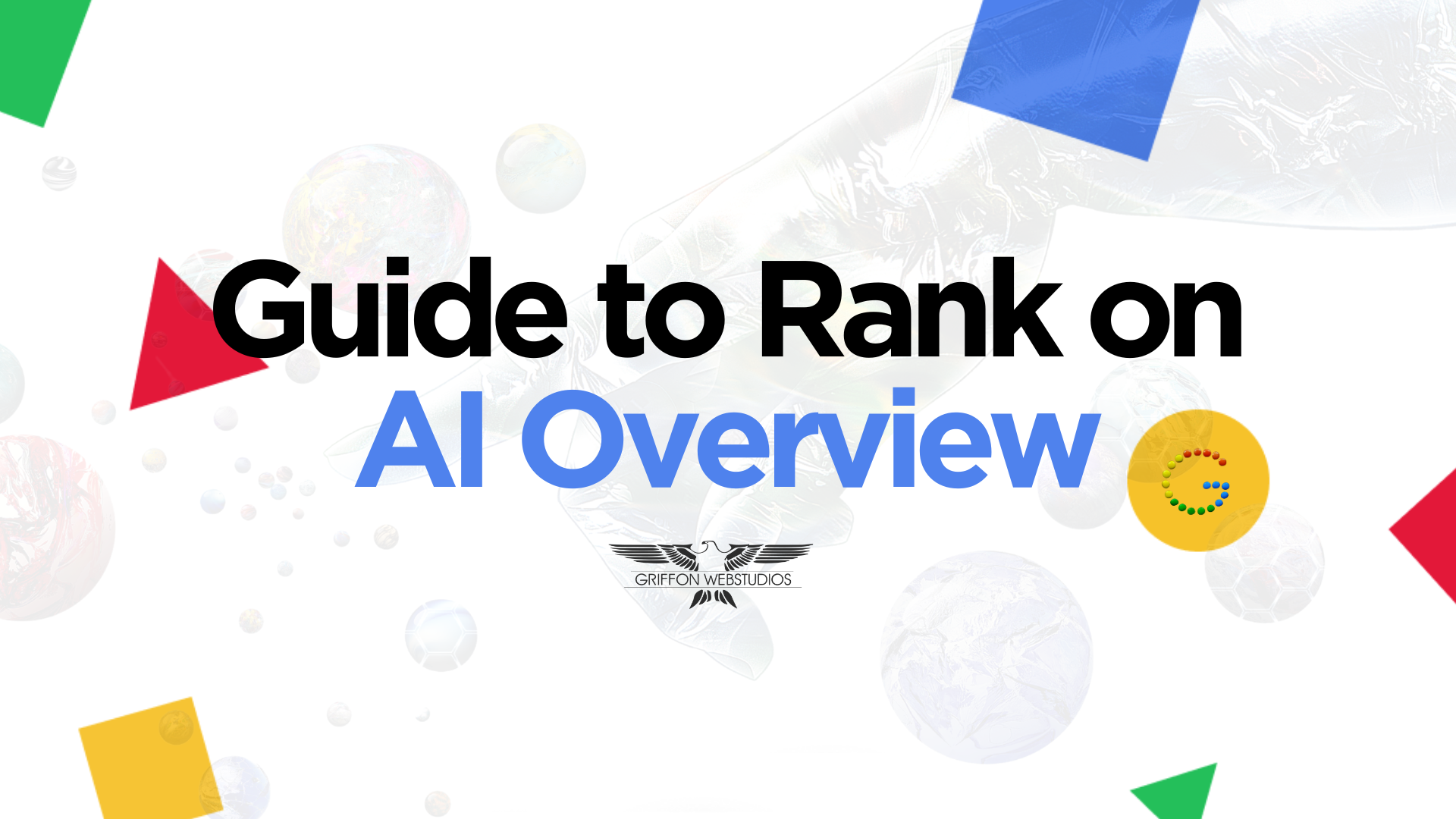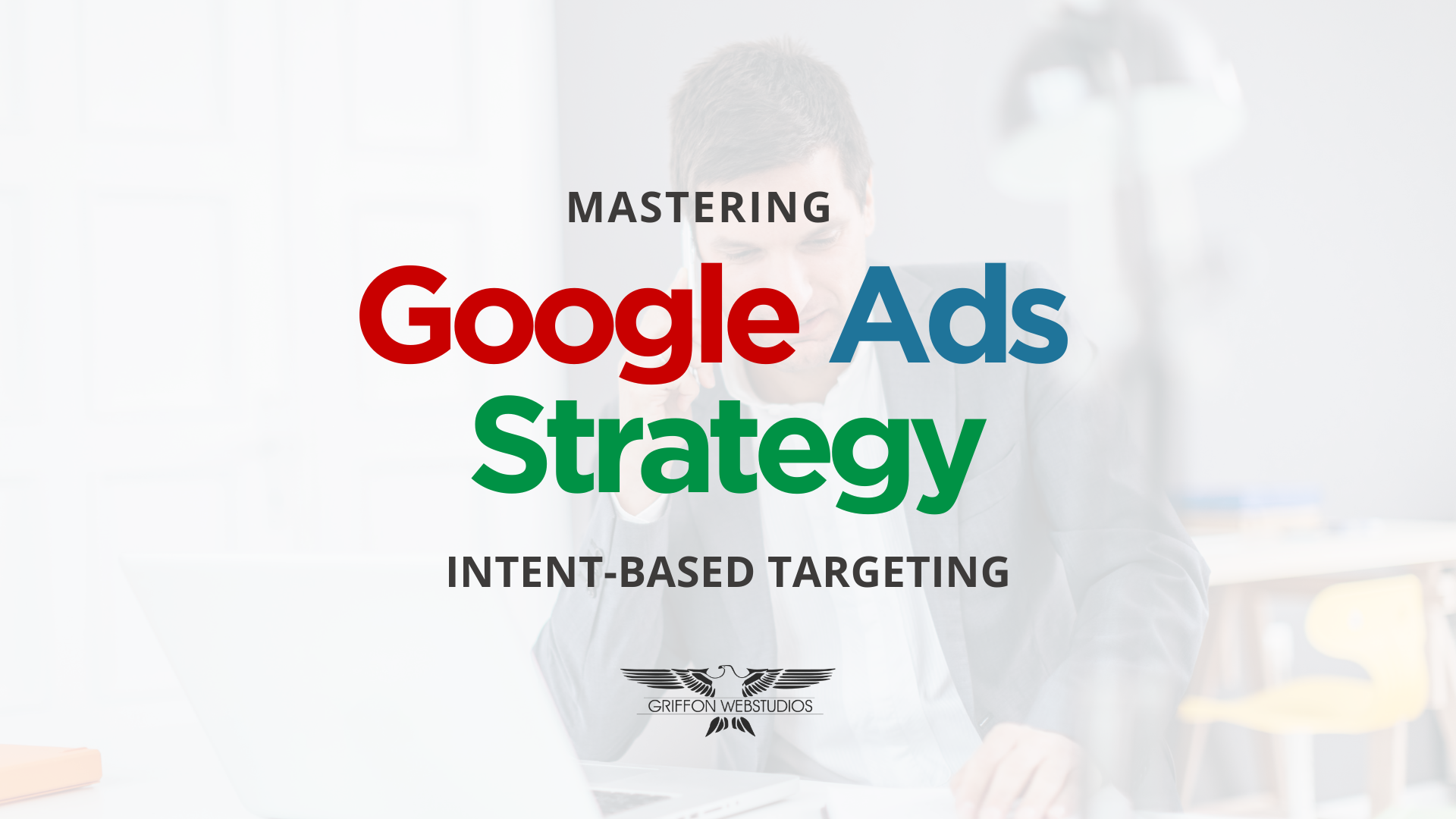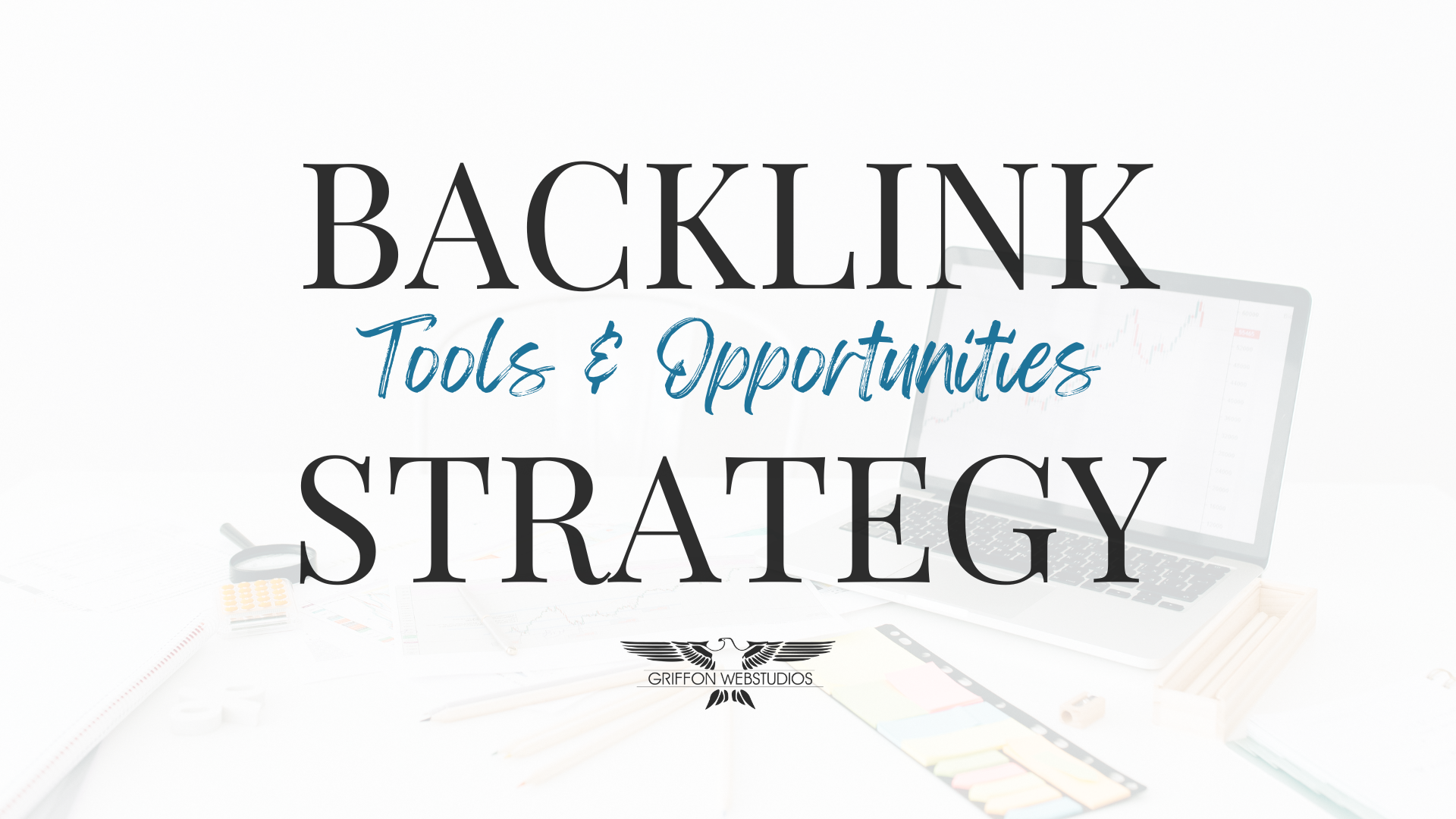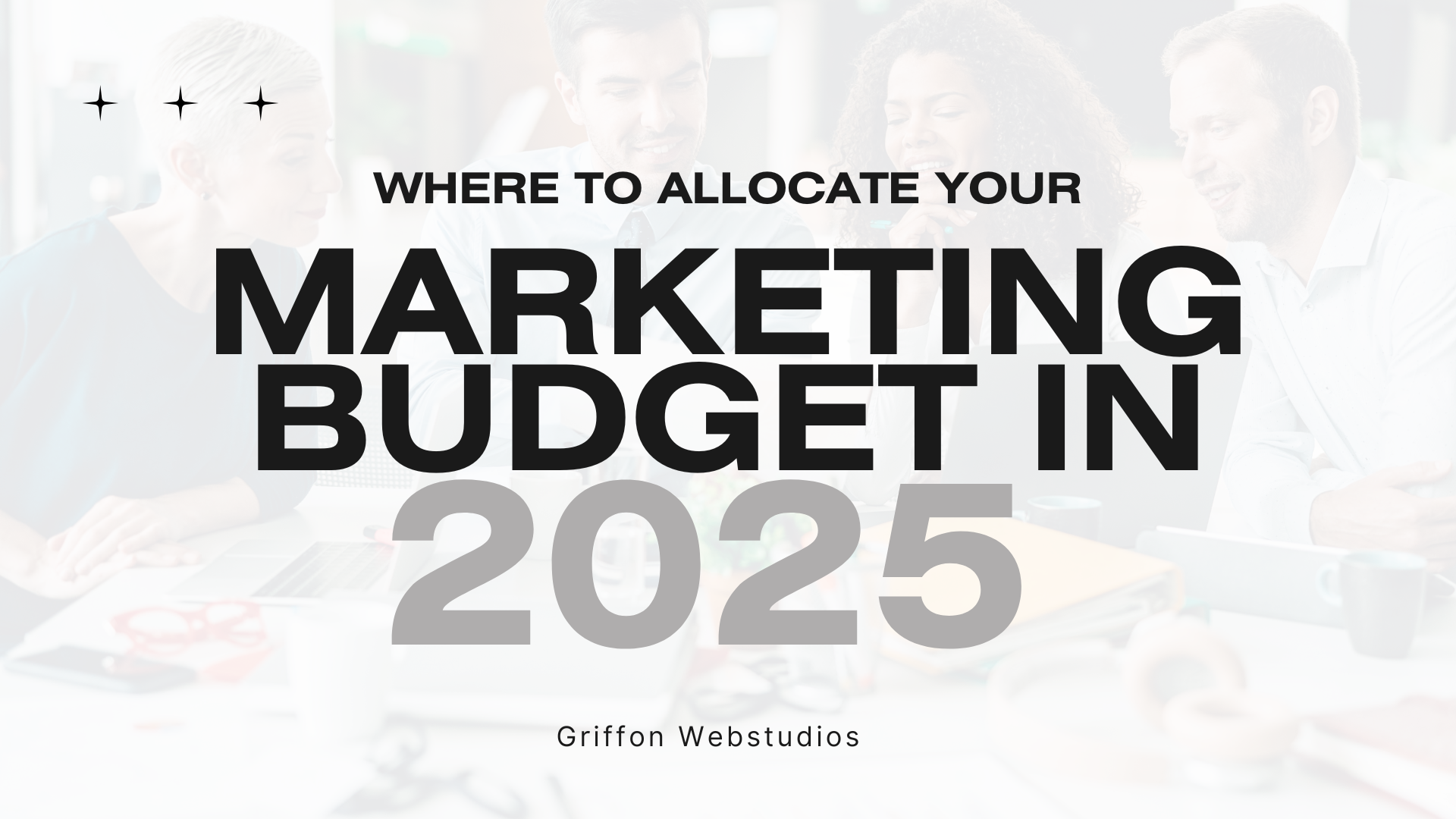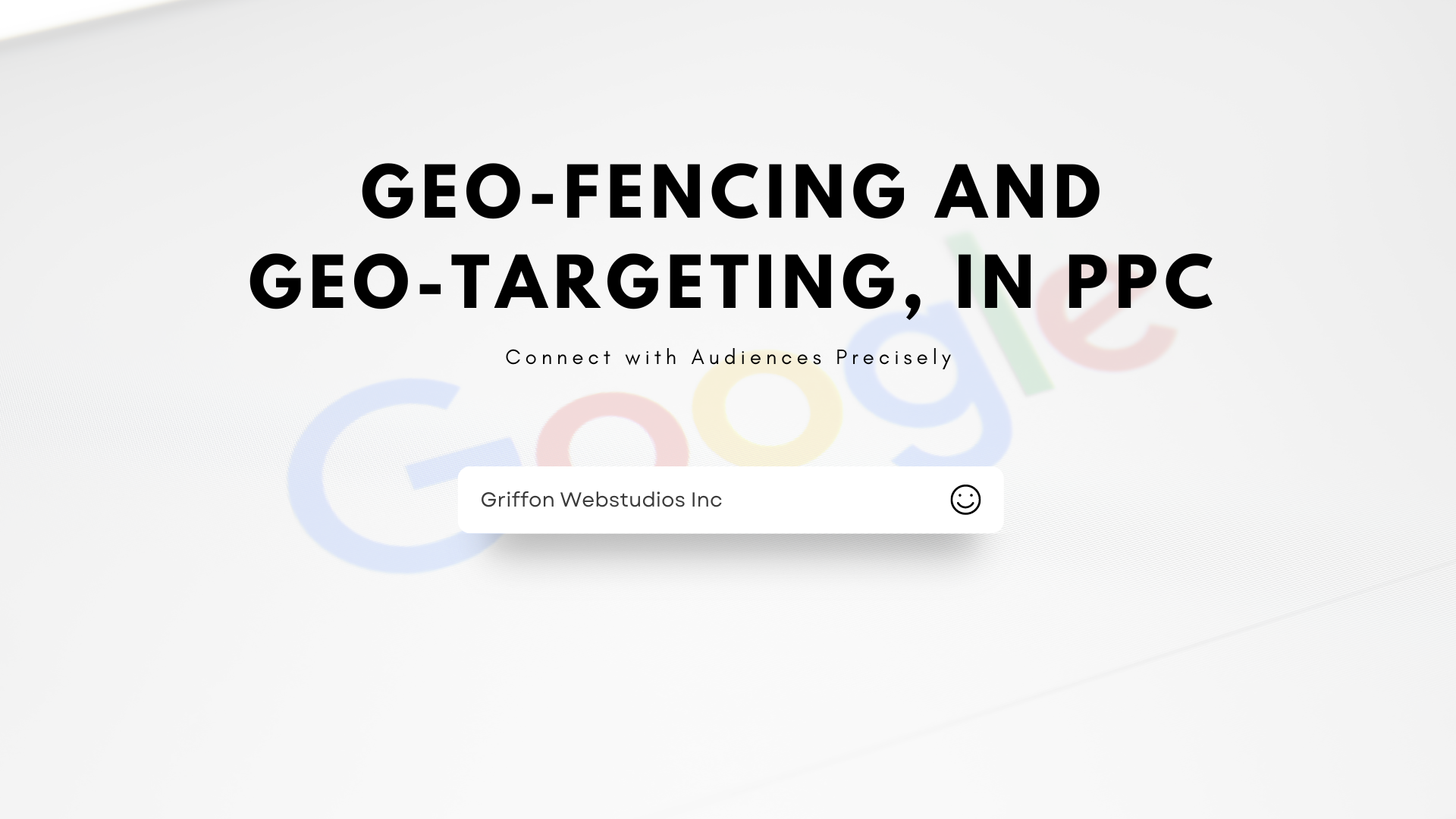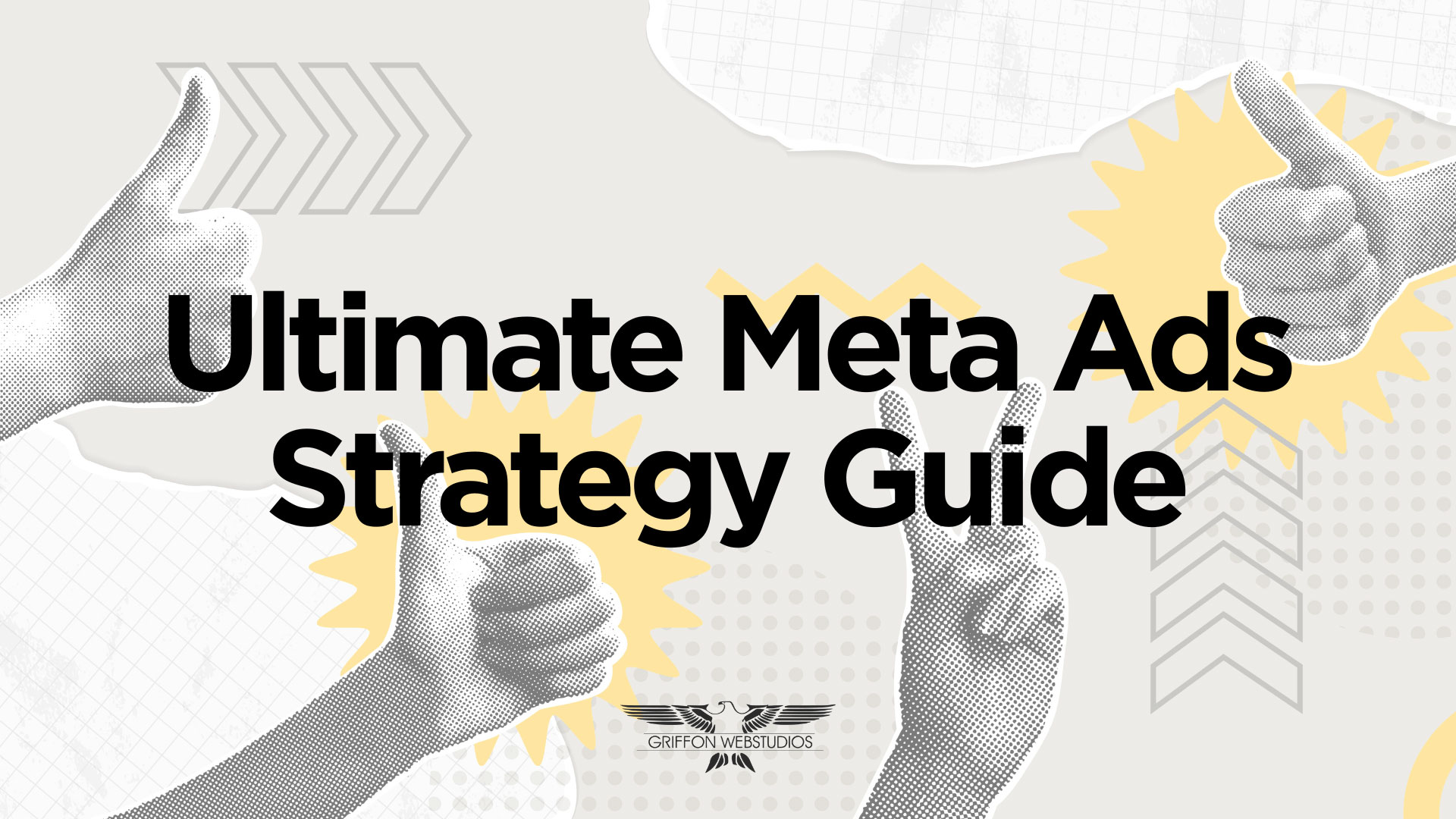
The Ultimate Meta Ads Strategy Guide
Digital advertising has seen Meta Ads emerge as a leading tool to generate growth for all market sectors. Today’s advertising success requires more than standard post boosting or campaign duplication because the market has become more competitive and algorithms continue to change as artificial intelligence gains prominence. Brands can maximize Meta’s future capabilities by using a strategic full-funnel strategy that combines creative mastery with intelligent targeting methods and analytical insights. Here’s a comprehensive Meta Ads strategy to achieve sustainable performance within the current market landscape. Building a High-Converting Full-Funnel Ad Strategy The Top-of-funnel Strategy (TOF) focuses on awareness generation through Reels and short video content and lead generation forms which drive soft engagement. Use Campaign Budget Optimization (CBO) to enable Meta’s AI system to distribute funds between different creative variations while testing various creative assets at a large scale. Middle-of-funnel (MOF) includes showing ad sets containing product demo, testimonials and case studies and value-based content to users who previously interacted with content. These ads should answer the question: “Why should I trust this brand?” The final stage of the funnel- Bottom-of-funnel (BOF) campaigns should focus on conversion rates. Target users who placed items in their shopping cart or started the

